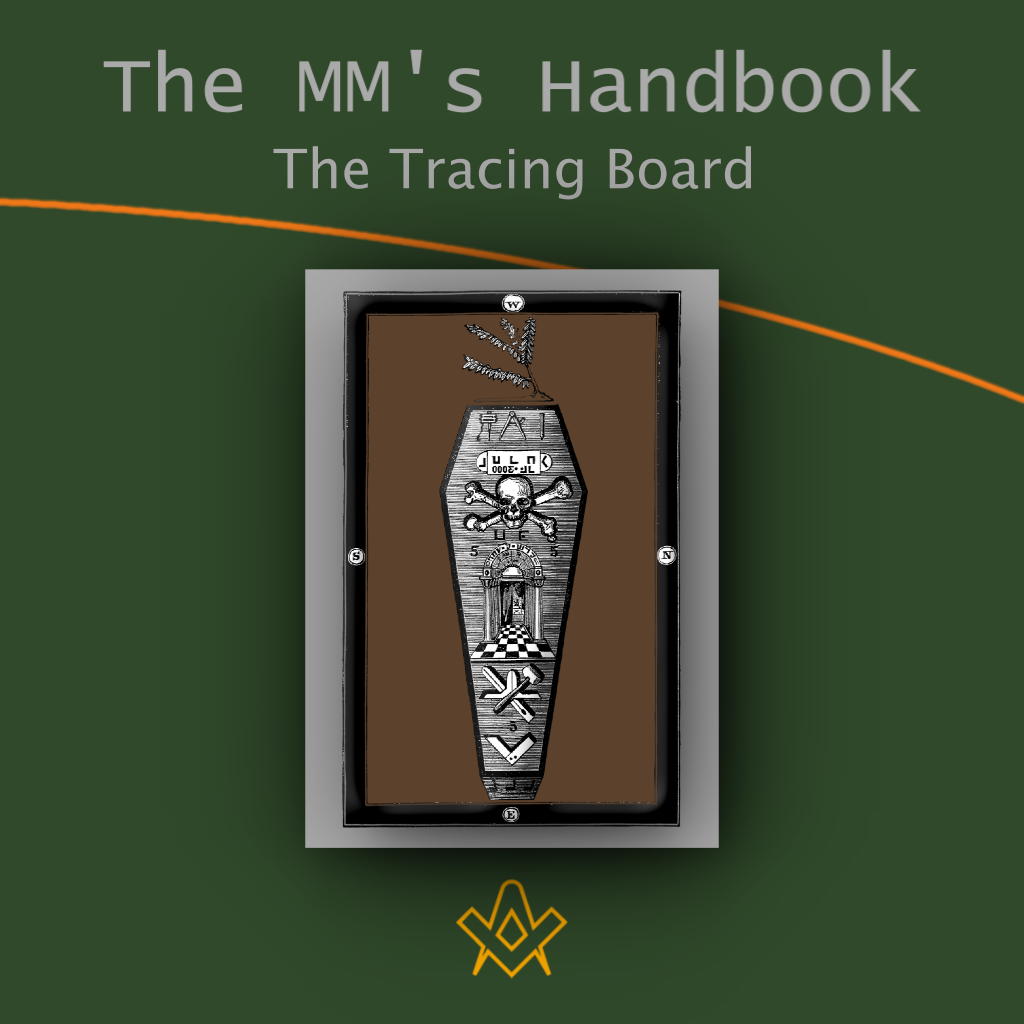The next part of the narrative is incorporated in most English workings with the Tracing Board.
The most interesting feature is the description of the grave. It is obvious that peculiar stress is laid on the centre, even in the present form of our ritual, because of the way in which the measurements are given.
Why should it not have been said that it was six feet long? In some old rituals the grave or rather the monument, is described as a dome, which made a complete circle at its base, and was three feet from the centre every way.
Chapter VIII – The Tracing Board
If so it must have been like a small replica of the earliest form of the Buddhist Pagoda, and the Master was thus buried at the centre.
In that case the top of the dome would have been five feet from the surface of the ground, and we should thus get the correct symbolic use of 5 as representing the body, and 3 as representing the spirit, while enabling the human body to be decorously interred.
It seems probably that when the grave was made to conform to the type familiar in England, a desperate effort was made to retain the 3 and 5.
It is worth noting that there is no mention of the use of any coffin, despite the picture on the tracing board, and if a coffin had been used at the supposed date of the incident it certainly would not have been of the European shape depicted, but much more like an Egyptian Sarcophagus.
Nevertheless, though the ritual does not justify the existence of any coffin on the tracing board, it was an integral part of the ancient mysteries of Osiris, and its retention in other ritual is almost certainly an ancient landmark.
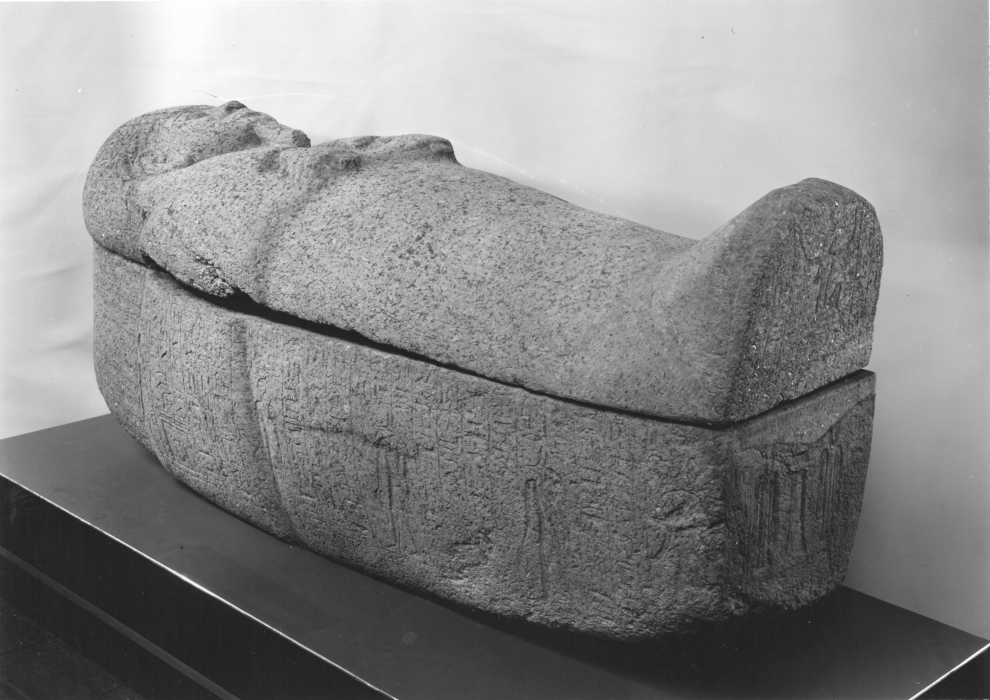
Sarcophagus of Usermontuca. 1279–1213 B.C. New Kingdom, Ramesside.
IMAGE LINKED: Met Museum OA PD Licence (CC BY 4.0)
On the same tracing board may be seen certain letters in the Masonic cypher, which are practically never explained.
Very often when transliterated, among other things, they will be found to give the past words leading to the three degree.
This fact is of interest, for the true meaning of that word, as already explained, is a worker in metals, the correct description of Hiram A’Biff.
The fact that he was buried as near the Sanctum Sanctorum as possible, symbolically denotes that he had reached the centre, and was in union with the Source of All.
The Dormer window historically is the hypostyle, the method by which Egyptian and classical temples obtained light.
The pillars of the central nave of such temples rose considerably higher than the roofs of the aisles, thus leaving openings through which the light could enter the building.
These, however, were many in number, and it is difficult to justify the apparent statement that there was only one such opening.
Symbolically it is intended to represent the means by which the Divine Light penetrates into the deepest recesses of every man’s nature.
The squared pavement has already been explained under the section dealing with the mosaic pavement, in the first degree, and our readers are therefore referred to it.
Briefly, it indicates that man’s progress towards the centre is through alternate experiences of good and evil, darkness and light, mercy and severity, life and death.
The Porch which is the entrance to the Sanctum Sanctorum is the gateway of death.
The working tools, as in other cases, contain much sound moral teaching of typical 18th Century work, but there is one implement which deserves rather more than passing attention.
For what follows I must express my indebtedness to W. Bro. Sir John Cockburn, P.G.D. The skirret does not appear to be much in use among Operative masons.
It is used by gardeners, but the Operative mason has other means for marking out the ground for the foundations.
This implement has more than a superficial resemblance to the Caduceus of Mercury, and Sir John Cockburn suggests that it has been employed to replace this “Heathen” emblem.
For my part, I think this is most probable, for it is clear that at the beginning of the 19th century a deliberate attempt was made to eliminate this emblem from our ceremonies.
The jewel of the Deacons in the 18th century was not a dove, but a figure of Mercury, bearing the Caduceus.
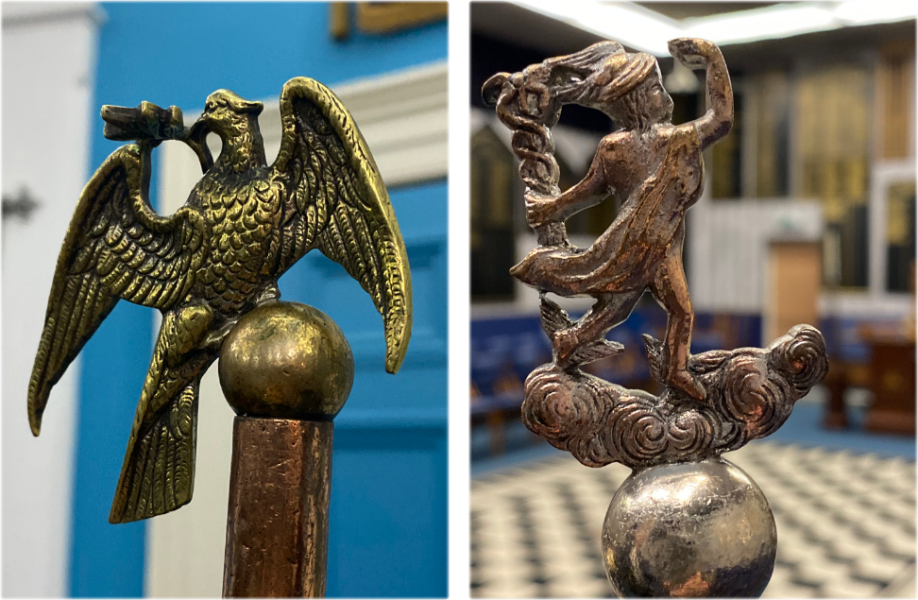
Deacons Wands showing a dove and mercury
IMAGE CREDIT: the square magazine collection
A number of these old jewels can be seen in the library of Grand Lodge, and there are still a few old Lodges which continue to use them, instead of the modern jewel.
Now this jewel is far more appropriate to the Deacons than is a dove.
A dove is the emblem of peace and a carrier pigeon bears messages, but neither of these birds do all the work of the Deacons.
Mercury, however, was the Messenger of the Gods, and carried the instructions of Jupiter, thus fulfilling one set of the duties of a deacon.

Caduceus
IMAGE LINKED: wikimedia Attribution 4.0 International (CC BY 4.0)
He was also the conductor of souls through the underworld; taking the dead by one hand, and uplifting the Caduceus in the other, he led the Shade from the grave, through the perils of the underworld, to the Elysian Fields; before his Caduceus the powers of evil fled.
In mediaeval eschatology it is Christ who leads the Souls on a similar journey, uplifting in His Hand the Cross of Salvation.
Even to-day the jewels of the Deacons in a Mark Lodge bear the Caduceus, a mute but convincing witness to the use of this emblem in Freemasonry.
We can thus see that on the one hand a deliberate effort was made to delete from our ceremonies the Caduceus, probably because it was considered to be Pagan, while on the other hand it was clearly quite easy for ignorant masonic furnishers, in the course of years, to make the Caduceus approximate more and more to a masonic tool, so as to fit it in with other avowedly masonic implements.
As a masonic tool it has very little significance, even to a Speculative, and is of no practical value to an Operative, but the Caduceus would be peculiarly appropriate to the third degree.
In short, it is an ancient landmark, an emblem of the dead and forgotten Mysteries, and symbolical of Him who leads the soul from the darkness of the grave to the light of the resurrection.
Before leaving the Master Masons degree let me say to all installed masters that if they have received the password, not the word of an Installed master, but the password leading from the Master Mason to that further degree, they will find in it evidence not of a mere hint of the resurrection, but of the Resurrection itself, and a close association with the version of that doctrine set forth in the life of the Perfect Master.
Article by: J. S. M. Ward
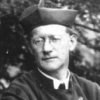
John Sebastian Marlow Ward (22 December 1885 – 1949) was an English author who published widely on the subject of Freemasonry and esotericism.
He was born in what is now Belize. In 1908 he graduated from the University of Cambridge with honours in history, following in the footsteps of his father, Herbert Ward who had also studied in history before entering the priesthood in the Anglican Church, as his father had done before him.
John Ward became a prolific and sometimes controversial writer on a wide variety of topics. He made contributions to the history of Freemasonry and other secret societies.
He was also a psychic medium or spiritualist, a prominent churchman and is still seen by some as a mystic and modern-day prophet.
Recent Articles: Master Mason's Handook J.S.M Ward

Book Review - The EA, FC, MM Handbooks
Essential reading for every Entered Apprentice, Fellowcraft, and Master Mason - these seminal books by J.S.M Ward are what every Mason needs!
more....
 The Master Mason's Handbook P1 Chapter 1 - Questions and Password; a brief explanation of the teaching of the third degree as contained in the symbols by J.S.M Ward |
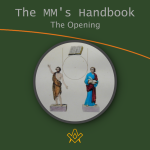 The Master Mason's Handbook P2 Chapter 2 - The Opening; a brief explanation of the teaching of the third degree as contained in the symbols by J.S.M Ward |
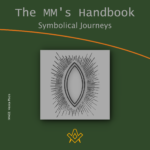 The Master Mason's Handbook P3 Chapter 3 - The Symbolical Journeys; We have seen in the previous books that the square and compasses are united on the pedestal in such a way as to form the Vesica Piscis, the emblem of the female principle, and the symbol of birth and rebirth. Hence symbolically the Candidate passes through the Vesica Piscis. |
 The Master Mason's Handbook P4 Chapter 4 - The Exhortation The opening part of the exhortation gives a convenient summary of the previous degrees and quite clearly indicates that the first inner meaning of the series is Birth, Life which is of course educational and preparatory for its sequel, and Death. |
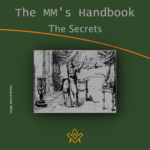 The Master Mason's Handbook P5 Chapter 5 - The Secrets. Having thus been brought into the place of light the Candidate is given not the genuine secrets, but only substituted ones. This fact must often have puzzled the Candidate. The practical reason given in the ritual, though perfectly intelligible to a Royal Arch mason (Companion) , cannot be the real one. |
 The Master Mason's Handbook P6 Chapter 6 - The Badge - On his re-entering the Lodge, the candidate is presented and in due course invested with the badge of a Master Mason by the S.W. The Badge itself, however, is full of symbolic meaning…. |
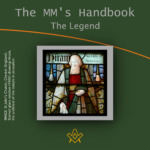 The Master Mason's Handbook P7 Chapter 7 - The Legend - After the ceremonial investiture of the Candidate the W.M. continues the narrative of the traditional history. At least this is the case in most English workings, but in some Scotch workings the whole story is told first, and subsequently the Candidate and the other brethren act the chief parts. Perhaps one of the most important points to realise is the correct meaning of the name Hiram Abiff . |
 The Master Mason's Handbook P8 Chapter 8 - The Tracing Board - The next part of the narrative is incorporated in most English workings with the Tracing Board. The most interesting feature is the description of the grave. It is obvious that peculiar stress is laid on the centre, even in the present form of our ritual, because of the way in which the measurements are given. |
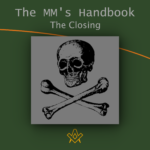 The Master Mason's Handbook P9/10 Chapters 9 & 10 The Closing Finally, even if a man can never fathom the full meaning of the third degree, yet there is no man worthy of the name who has passed through that third degree but will certainly have learnt one important lesson, namely, how to die, and thereby will be the better man. |
masonic knowledge
to be a better citizen of the world
share the square with two brothers

click image to open email app on mobile device


